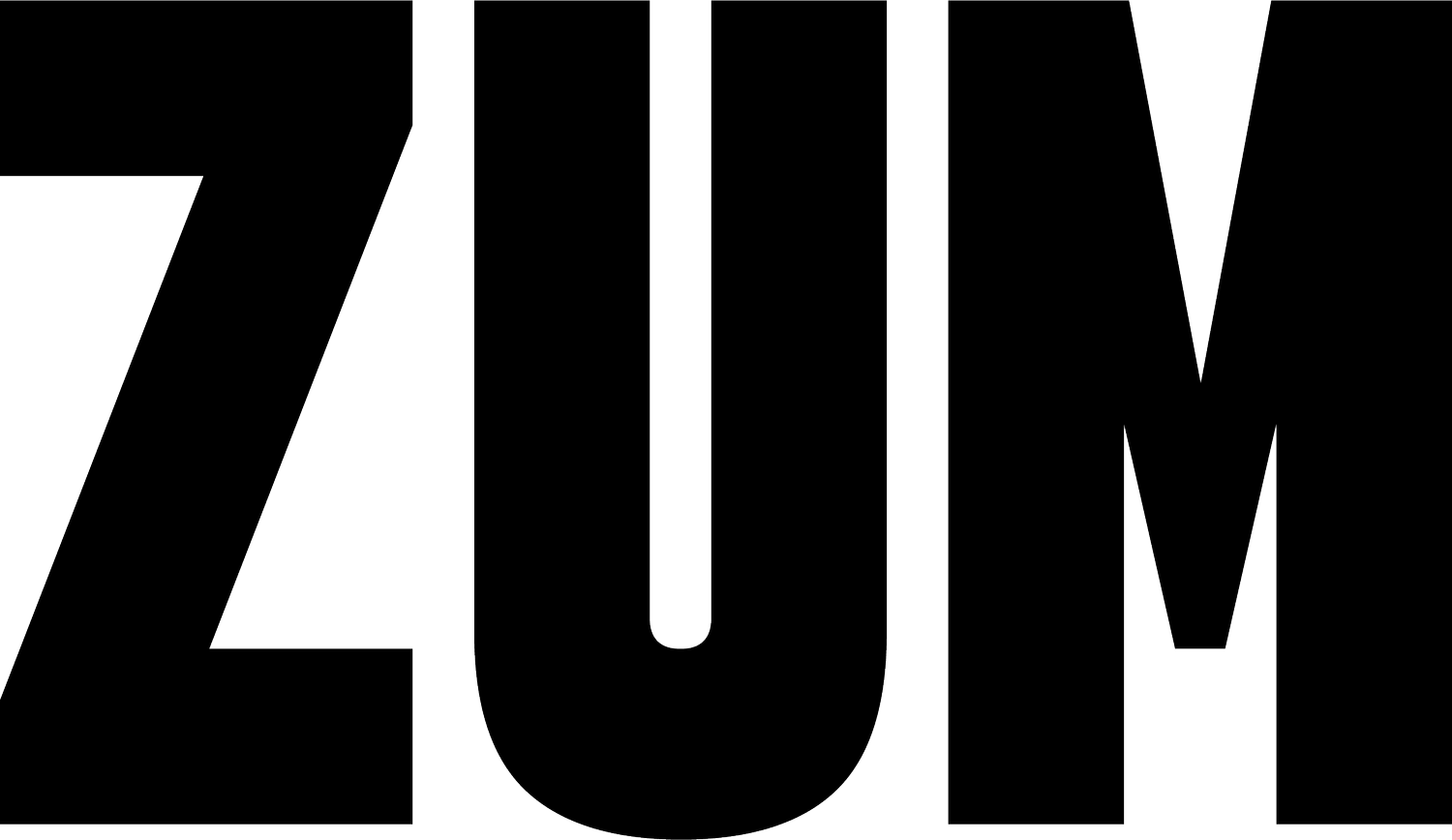Visual Thinking: Tell a story with your data
What is visual thinking?
Visual thinking allows us to tell stories with data. Stories connect us and are often more impactful than statistics. “Visual thinking is a way to organize your thoughts and improve your ability to think and communicate. It’s a great way to convey complex or potentially confusing information” (Gray).
Data can be overwhelming, but drawing data can clarify that information and lead to better communication and strategies. Visual thinking leads to more comprehension because it will “externalize your internal thinking processes” (Gray). It is “a vital skill for developing new ideas and designs, communicating those ideas effectively, and collaborating with others to make them real” (Gray). When we collaborate and combine our ideas, new ways of showing information may emerge.
The importance of doodling
Drawing is a basic skill that we learn as children, but it is also an essential skill for business. Since doodling stimulates the brain, it is a natural process for thinking and exploring ideas. Diagrams are perceived and processed much faster than lines of words and data. Throughout history, we have seen evidence of the importance of doodling. “Back in the day, visual thinking strategies were considered powerful tools for early philosophers and logicians” (Gonczarek). Visuals are important for increased understanding, yet many people today do not draw because they believe they can’t. With the use of a visual vocabulary, anyone can draw their ideas and become a visual thinker.
Build a visual vocabulary
Everything you need to draw can be created using five elements: a circle, square, triangle, line, and a dot. These elements can be combined to make representational drawings quickly, then set into panels or frames to tell a story. Learning how to draw using simple shapes will give you the confidence you need to share your doodles on paper or whiteboard apps.
Developing your own visual vocabulary or borrowing from visual alphabets, like this one seen below, will help you to become more comfortable with drawing. A visual vocabulary will give you the building blocks to combine glyphs into recognizable objects and allow you to easily share your ideas. Before you start doodling, check out the Noun Project if you need inspiration for representational drawing. Then try drawing your charts, objects, or concepts using your own set of elements.
@Dave Gray
What will you create?
Visual thinkers develop new ways of showing data and conveying complex ideas in a simplified way. It’s time to explore the stories behind rows and columns of data. Whether you are drawing notes for yourself, sharing your sketches with others, or visually mapping out new ideas with your team, visual thinking is an important and powerful tool for learning, engagement, and improved communication.


